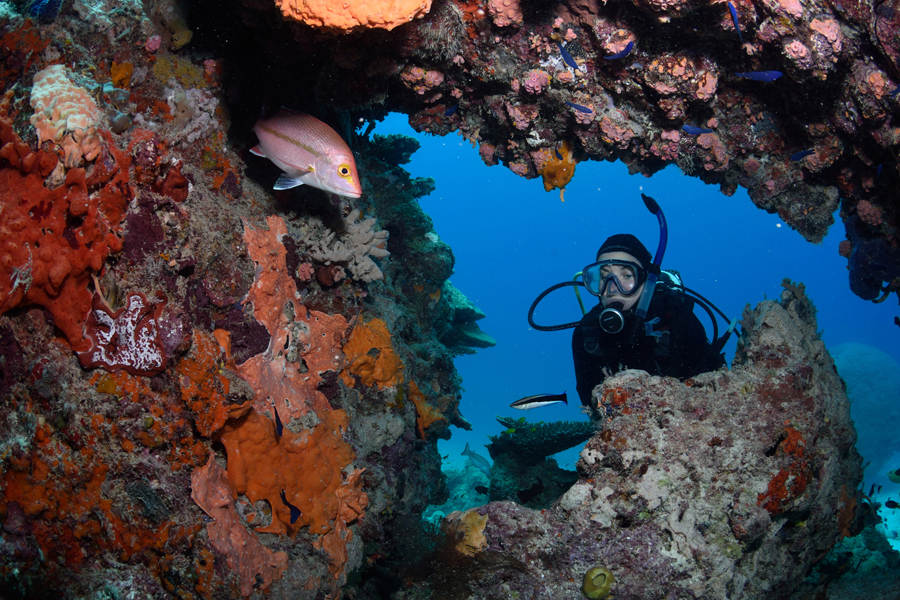To help you get ready for this week’s release of the Coral Reefs postcard stamps, here are some facts about underwater ecosystems.
1. Coral reefs are home to an estimated 25 percent of all marine life. Although the total area of the world’s coral reefs amounts to less than 1 percent of the entire marine environment, it is home to millions of different species.
2. Australia’s Great Barrier Reef can be seen from outer space. Measuring around 2,300 kilometers — or about 1,429 miles — the reef is the world’s largest living structure and is actually made of more than 3,000 smaller reefs. The Great Barrier Reef is one of the most visited reefs in the world with more than 2 million visitors annually.
3. Coral reefs are important to the development of new medicines. Scientists are only just beginning to understand how reefs can contribute to medical breakthroughs, but they have already discovered that many parts of coral reef ecosystems can be harvested to develop medications to treat cancers and other illnesses.
4. Healthy coral reefs are a big business. Through the tourism industry and fisheries, coral reefs generate billions of dollars and millions of jobs in more than 100 countries.
5. Corals can’t survive if the temperature is too high. Rising ocean temperatures cause coral bleaching — when corals expel the algae living in their tissues and cause the coral to turn completely white. Without the algae, the coral loses its main source of food and becomes susceptible to disease and death.
Got ideas for future editions of “The List”? Email them to uspslink@usps.gov.
